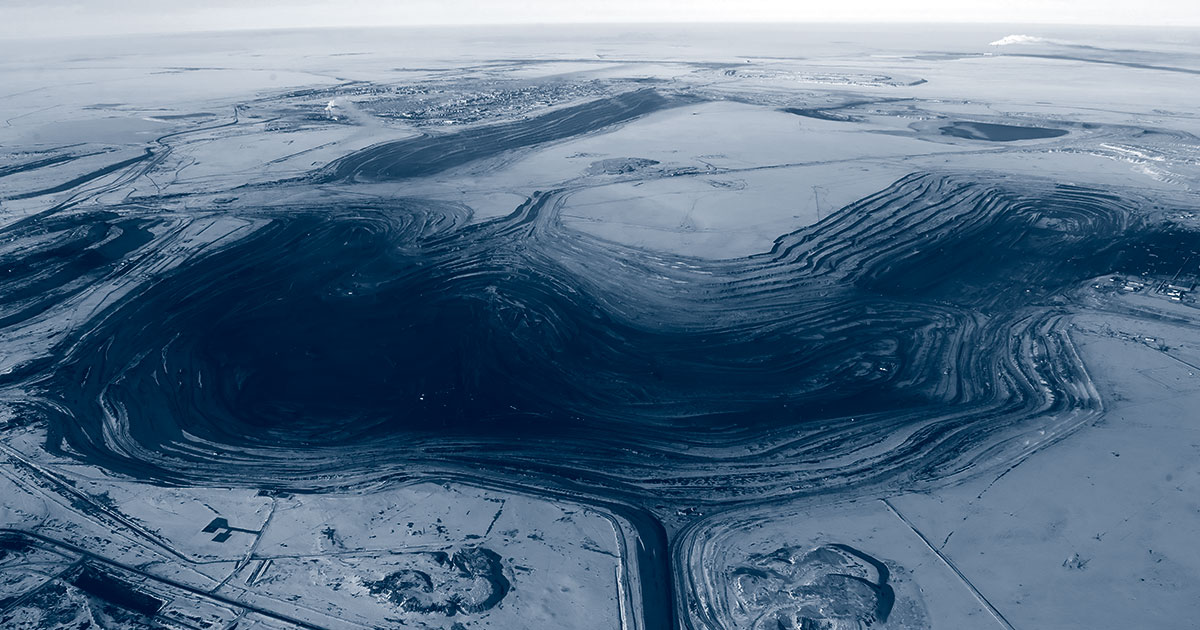Due: November 3, 2025
Resource extraction companies require reliable data on all significant subsurface voids within the operational volume of an active site. TechConnect’s global mining and materials client is seeking next-generation detection technologies to locate and analyze subsurface voids at its locations in the United States and globally.
Subsurface voids at active resource extraction sites pose considerable risks to employees as their locations are often unknown. Naturally occurring voids may form through subsurface erosion or dissolving bedrock. Artificial voids, created by previous mining operations, are often poorly recorded. Regardless of their origin, voids present significant dangers due to potential instability and risk of collapse. Consequently, it is vital to map these dangerous pockets to protect workers. TechConnect’s client aims to identify and deploy effective technologies to map voids at its sites.
The client seeks approaches that will enable location and mapping of subsurface voids with minimal risk to employees and minimal impact on operations. Approaches of interest include:
- Terrestrial: deployed remotely by personnel
- Airborne: deployed via drone or other aircraft
- Orbital: satellite-based systems
All proposed technologies must reliably detect a 5-foot by 5-foot void at a depth of 25 feet. Technologies able to detect voids at depths greater than 25 feet are of particular interest. Additionally, rapid processing of signals is essential.
While not required, technologies able to deliver additional information about subsurface conditions are of strong interest. For instance, the ability to detect changes in rock density or composition would be a significant differentiator. The ability to determine the backfill status of artificial voids would also be beneficial.
Ground penetrating radar (GPR), transient electromagnetics (TEM), and seismic detection technologies have already been evaluated by the client. Each of these technologies demonstrated significant performance deficiencies. However, the client will reevaluate these technologies if performance improvements can be clearly demonstrated.
Muon detection technologies have also been explored and are not of interest.
Technologies adapted from other applications or industries are welcome.
All proposed technologies must be ready for pilot-scaled testing in the field by May 2026. Technologies which cannot meet this milestone will not be considered. The client will collaborate with selected respondents to define pilot test parameters and site locations.
The client intends to conduct virtual meetings with selected respondents in early December 2025, with direct engagement beginning in early 2026. Engagements may involve purchase agreements, licensing, or service contracts, with the exact terms to be jointly determined by the client and the respondent.
The goal of this sprint is to facilitate contact and interactions between the client and commercial entities (including startups), technology developers or research organizations/universities.
Requirements
Solvers submitting an entry should highlight capabilities in their submission that meet criteria including:
- Deployment approach and process:
- Terrestrial
- Airborne
- Ground
- Type of sensing technology
- Anticipated performance including:
- Size of voids detected
- Ground penetration depth
- Signal processing time
- Analysis and display options
- Evidence of efficacy such as:
- Internal testing
- Third-party testing
- Technical maturity
- Readiness for pilot-scale testing
- Team
Business Opportunity for Solvers
TechConnect will include all complete and eligible entries in an exclusive innovation opportunity report for the client. Solvers with well-matched capabilities may be contacted directly by either TechConnect or the client to discuss potential partnership opportunities, including – but not limited to – demonstrations, consulting, contract research, licensing, and more. TechConnect may also invite top-rated entries to register or participate in an upcoming event or pitch program.


